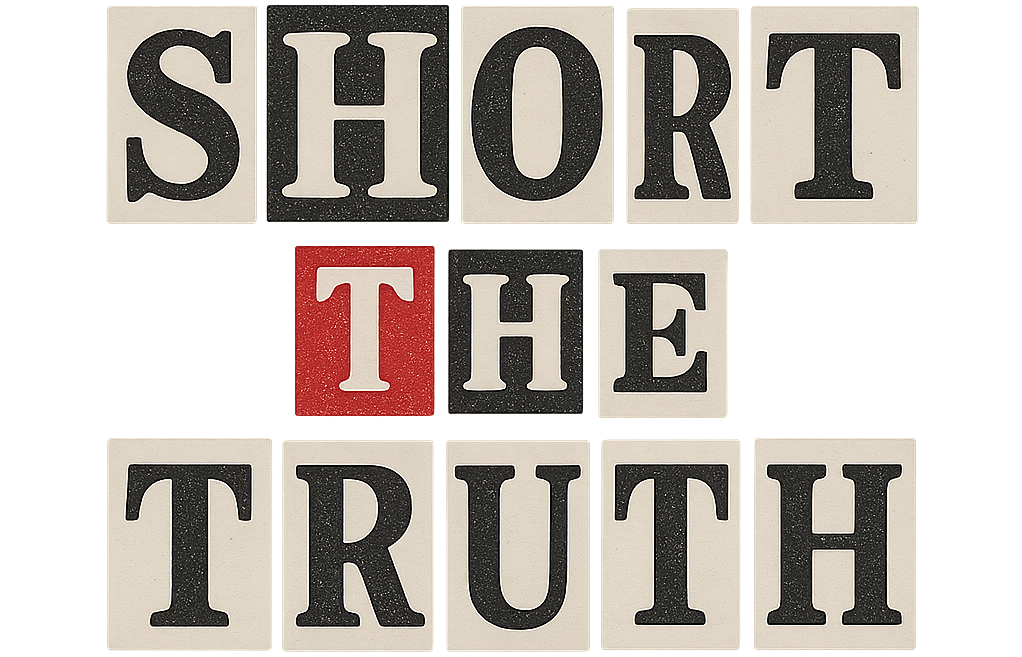Two NASA astronauts, who were originally expecting a breezy weeklong jaunt to the International Space Station, are now approaching six weeks of unscheduled orbital overstay, courtesy of Boeing’s Starliner spacecraft which, in an unsurprising twist, developed a penchant for leaking helium shortly after launch. Apparently, even spacecraft need a little air let out sometimes.
Sunita Williams and Barry “Butch” Wilmore launched aboard the much-delayed Boeing-built capsule on June 5 for what was supposed to be a modest eight-day mission. However, as the days stretched into weeks, the astronauts remained marooned in low Earth orbit while engineers on the ground performed an increasingly creative waltz around a cluster of technical gremlins including helium leaks and thruster issues. This has stretched the Boeing test flight whether anyone likes it or not and turned the mission into an extended dress rehearsal with excellent views.
To be fair, the helium is not leaking in alarming amounts that would propel the crew into deep space sitcom territory, but it was enough to raise eyebrows and slow down plans for their return. NASA, clearly reluctant to perform another Apollo 13 tribute, decided instead to push back the landing while engineers ran through more simulations and analyzed frustratingly inconclusive data. It is, as always, better to be late than to arrive in pieces.
Meanwhile, the astronauts have been helping out around the ISS, essentially becoming the world’s most overqualified houseguests. They’ve integrated into the station operations seamlessly, contributing to science experiments and maintenance. The ISS crew reportedly remains polite although they may or may not have started labeling their food supplies more assertively.
NASA spokesperson: “We want to know everything we can about the helium system and thrusters before we commit to bringing the crew home.” Translation: We’re reading the owner’s manual very carefully this time.
A new return window is being considered for late July, assuming all simulated gremlins are vanquished and the helium decides to stop being so dramatic. Boeing, which has already spent years nursing Starliner through a series of delays and technical hiccups, is facing another public relations spacewalk as it attempts to prove this spacecraft is a reliable Uber for orbit.
Until then, Williams and Wilmore will continue their unplanned extended stay aboard the ISS, taking space selfies, running science experiments and possibly wondering what happened to those return tickets.
It turns out even in space, the last mile of the journey is the hardest to book.

